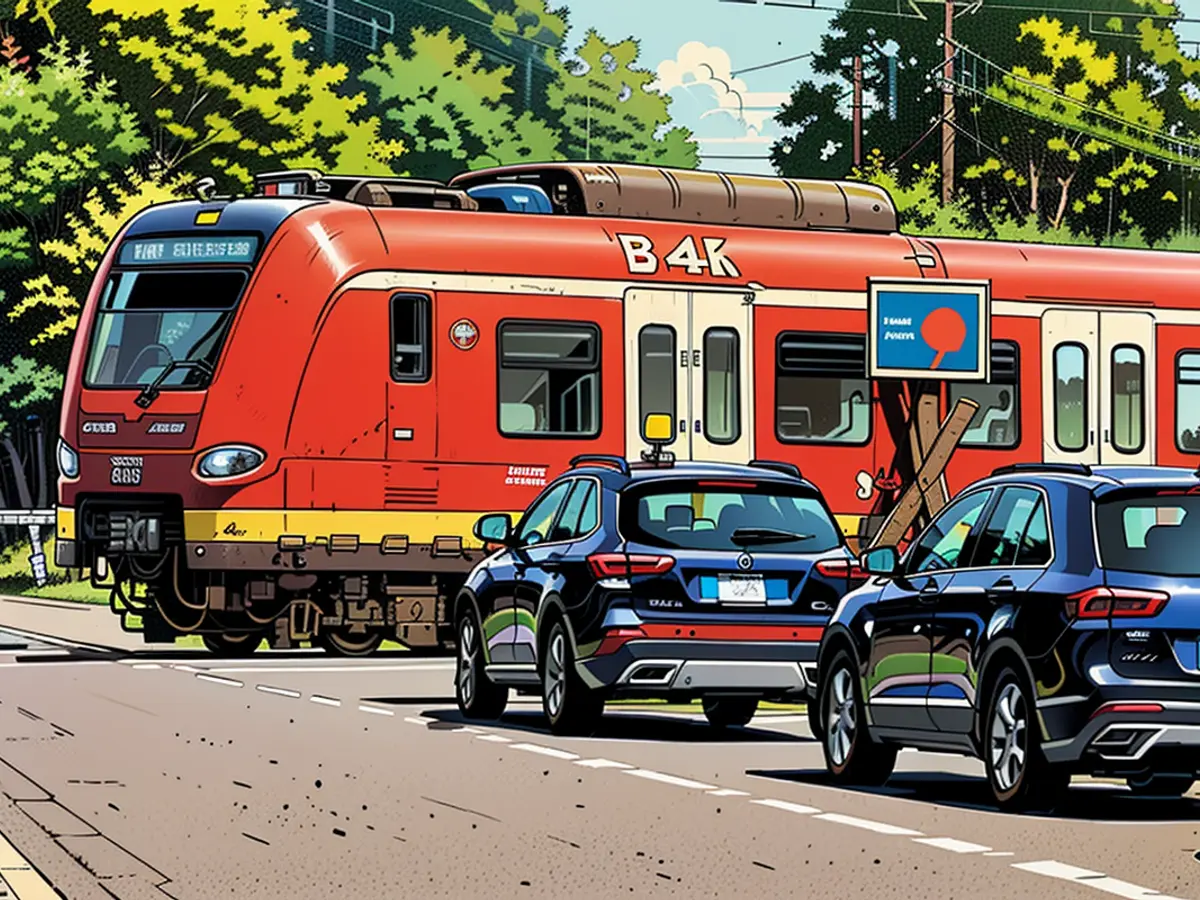More cars than ever - but less traffic
In Germany, there are more cars registered than ever before - however, traffic on the roads has not reached record density. Quite the opposite: There is less congestion than five years ago, according to a new study. The number of people using public transportation is also lower. Why is that?
Although the number of cars in Germany is increasing, traffic on the federal highways is still less congested than before the Corona crisis. "It is important to note that traffic volume on federal highways has indeed risen since the pandemic, but it is still approximately 7 percent below the 2019 level as of 2023, without lockdowns," the study conducted by the consulting firm KCW on behalf of the political advisory Agora Verkehrswende states. "This is significant."
According to data from the Federal Motor Transport Authority cited in the study, there were over 49 million registered passenger cars at the end of the previous year, which is a record number.
Fewer Commuters
The reason for the fact that there is less traffic on the roads is likely due to the fact that fewer people are commuting. According to a survey by the Ifo Institute, around a quarter of all people were working from home in February 2024.
"This value has remained nearly constant since April 2022 - shortly after the pandemic-related home office requirement was lifted," the scientists at Agora Verkehrswende write. According to the KCW study, this leads to the fact that traffic volume during rush hours is significantly lower than in 2019, especially in the morning, by more than 12 percent.
Public Transport Suffers
However, public transportation - i.e., buses, trains, or bicycles - can hardly benefit from this development. Although public transportation traffic volume on both regional and long-distance rail was above the pre-Corona level in the previous year, the number of people using public transportation is still below. This means that fewer passengers are traveling longer distances.
"The share of different modes of transport in the total traffic volume, the modal split, has therefore hardly changed," Agora Verkehrswende writes. So, the share of public transportation in the total traffic performance was approximately 10 percent in May 2017 and at the end of 2023. Motorized individual traffic, i.e., mainly one's own car, accounted for about 60 percent. Regardless of the mode of transport, there are generally fewer people on the move than before the pandemic.
Despite the increase in registered cars, as reported by the Federal Motor Transport Authority, local traffic density has not surpassed pre-pandemic levels. This can be attributed to the significant reduction in commuting, with 25% of workers still working from home as of February 2024, according to the Ifo Institute. Furthermore, despite an uptick in public transportation usage on both regional and long-distance rail in the previous year, the overall number of people utilizing public transportation remains below pre-pandemic levels, affecting modes like buses and bicycles as well.








